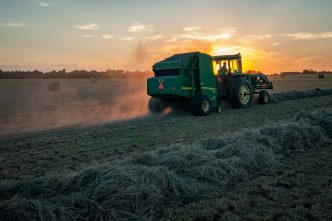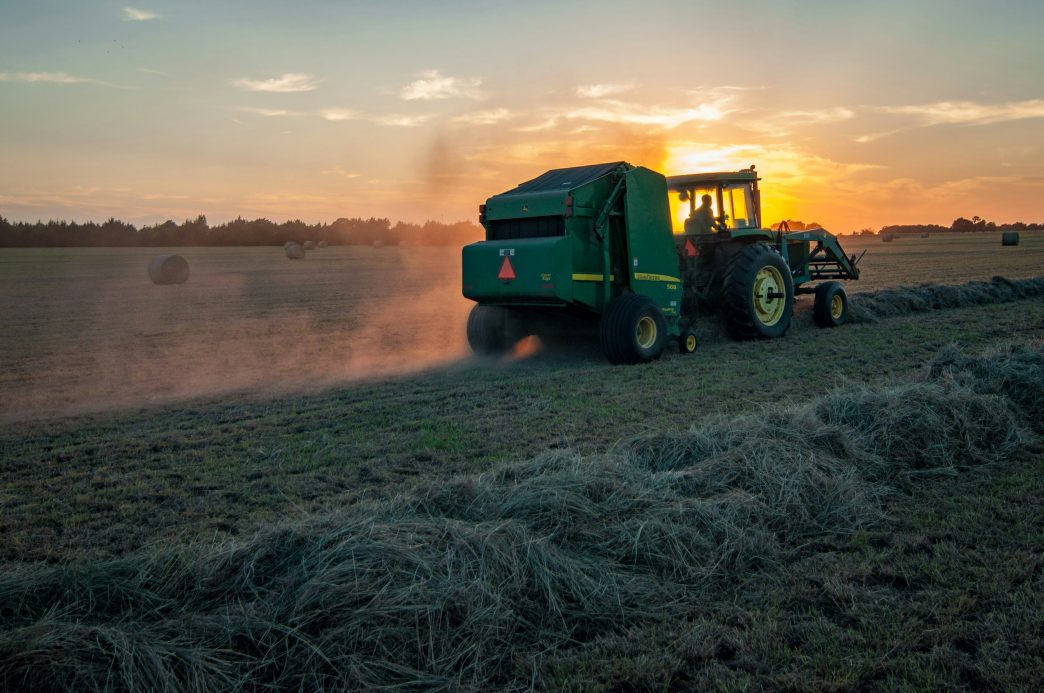Recent technological advancements and climate challenges are transforming the agriculture industry, especially in the area of grain storage. Farmers worldwide face increasing demands for efficient, sustainable, and secure storage of harvested cereals. As the global population grows, the need for optimized grain preservation has never been more important. This blog explores the key innovations shaping the future of grain storage, offering a comprehensive perspective on upcoming solutions and their significance for modern farming.
Smart Monitoring and Digitalization in Grain Storage
One of the most significant developments in grain storage technology is the integration of digital systems for real-time monitoring. Sensors embedded within silos and storage facilities collect data on temperature, humidity, moisture levels, and grain quality. These systems send alerts if conditions threaten spoilage or infestation, allowing farmers to respond immediately and reduce potential losses. By leveraging IoT (Internet of Things) technologies, storage management becomes proactive rather than reactive. Automated data collection also streamlines regulatory compliance, as quality records are readily accessible for audits and reporting.
Remote monitoring does not just benefit large-scale operations. Smaller farms can now implement cost-effective solutions with cloud-based dashboards, making digital transformation accessible to a broader range of agricultural businesses. As these technologies evolve, predictive analytics will likely become an essential part of storage practices. Algorithms can forecast potential hazards and suggest adjustments, helping farmers maintain ideal conditions and maximize grain shelf life.
Eco-Friendly Storage Infrastructure and Practices
In response to growing environmental concerns, there is a clear shift toward sustainable grain storage methods. Traditional storage facilities often consume significant energy for ventilation, aeration, and pest control. Modern solutions aim to reduce the carbon footprint by utilizing renewable energy sources such as solar panels to power fans and temperature control systems. The adoption of biodegradable and recyclable construction materials for storage facilities further supports eco-friendly agriculture. Another promising trend involves natural ventilation techniques, where airflow is optimized through intelligent design rather than mechanical means. These systems not only conserve energy but also provide consistent grain quality. Some storage providers are experimenting with hermetic storage solutions—airtight, sealed environments that limit oxygen and naturally prevent pest infestations and mold growth. Alongside these innovations, the careful management of post-harvest residues and byproducts contributes to more holistic and sustainable farm operations, aligning with wider goals for environmental stewardship.
Automation and Advanced Post-Harvest Processing
Automation is revolutionizing the traditional approach to handling and storing grains. Automated conveyors, robotic arms, and self-cleaning silos reduce manual labor while minimizing the risk of contamination. These systems ensure precision when moving grain between harvest, storage, and processing stations, ultimately preserving product quality and safety. Automation also plays a critical role in scheduling periodic inspections, conducting maintenance, and managing inventory to avoid overfilling or underuse of space. Some advanced facilities leverage artificial intelligence for quality assessment. For example, cameras and sensors can identify damaged kernels or foreign bodies among bulk grains, triggering targeted removal before storage. This integration of automated sorting enhances the value of stored products and supports stricter quality standards. As automation expands, farms of various sizes can benefit from reduced operational costs and fewer losses due to human error or oversight. More information about innovative storage methods can be found via specialized resources and agricultural technology platforms.
Adapting to Climate Variability and Global Market Trends
Climate variability poses unique challenges to grain storage. Unpredictable weather can delay harvests, increase moisture levels, and promote mold or pest proliferation. Innovative climate-resilient storage designs focus on improving insulation and air-tightness to protect contents against temperature swings. Mobile grain storage solutions are also gaining traction in regions with fluctuating harvest schedules or for use in remote areas, providing flexibility to keep up with rapidly changing harvest and market demands. Additionally, globalization has interconnected grain supply chains, making traceability and food safety ever more critical. Advanced storage infrastructure now often includes traceability software, allowing operators to track grain from field to consumer and swiftly address contamination or recall events. These practices not only meet international regulations but also open new markets and foster consumer trust. By embracing these advances, the farming community secures its role in a resilient and efficient global food system.














